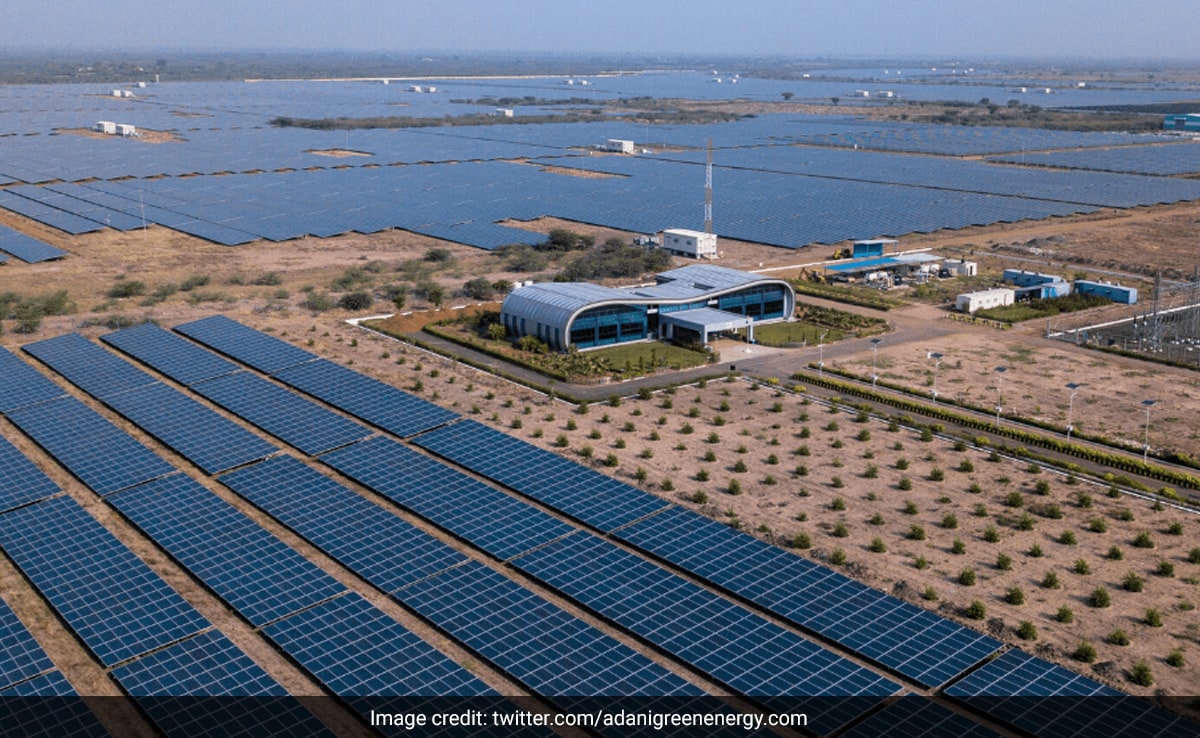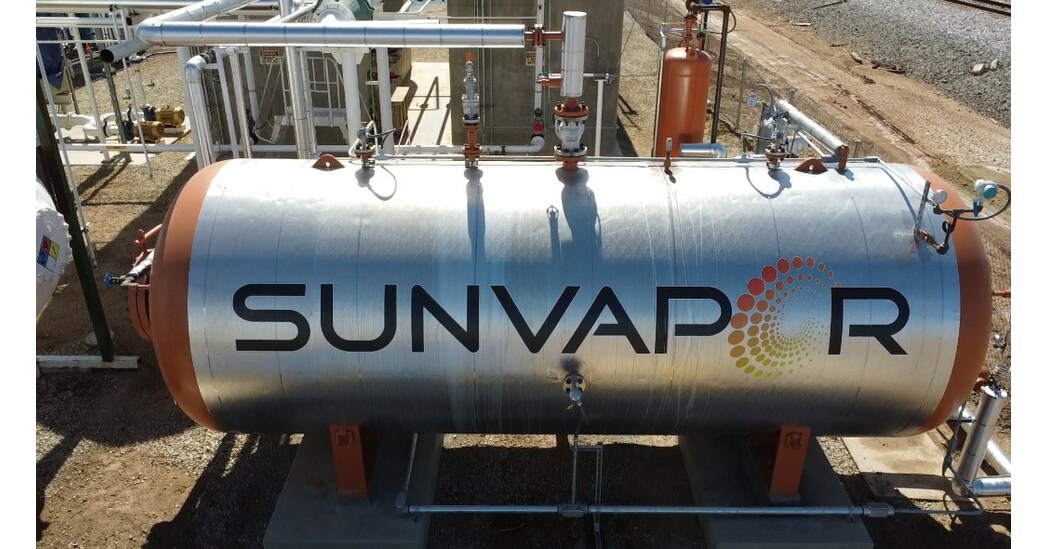Collaborative Breakthrough in Solar Technology
Uppsala University proudly claims the world record for energy generation from copper indium gallium selenide (CIGS) solar cells, achieving an impressive 23.64% efficiency. Independently verified by the Fraunhofer ISE institute and published in Nature Energy, this breakthrough stems from a collaboration with First Solar European Technology Center.
Setting a New Benchmark
Surpassing the previous record of 23.35% by Solar Frontier (Japan), and 22.9% by ZSW (Germany), Uppsala University has a history of holding such records, dating back to the 1990s. Professor Marika Edoff, responsible for the study, emphasizes the significance of the achievement and highlights the university’s consistent presence at the forefront of solar research.
Global Solar Landscape
As solar cells gain prominence worldwide, constituting over 6% of global electricity in 2022, this breakthrough underscores the continual evolution of solar technology. Modern solar modules, primarily using crystalline silicon, boast over 22% efficiency, providing both cost-effectiveness and long-term stability.
Pursuit of Excellence
Solar cell research targets exceeding 30% efficiency with reasonable production costs. While tandem solar cells are more efficient, their widespread use has been limited due to high costs. Uppsala’s achievement positions CIGS thin-film technology as a competitive standalone and potential tandem solar cell component.
Understanding the Technology
CIGS solar cells comprise layers on a glass sheet, incorporating copper, indium, gallium, and selenide. Key to efficiency is the treatment of the CIGS layer with rubidium fluoride. Precise composition, alkali metal balance, and efficient electron separation contribute to the cell’s conversion efficiency.
Source:https://www.miragenews.com





